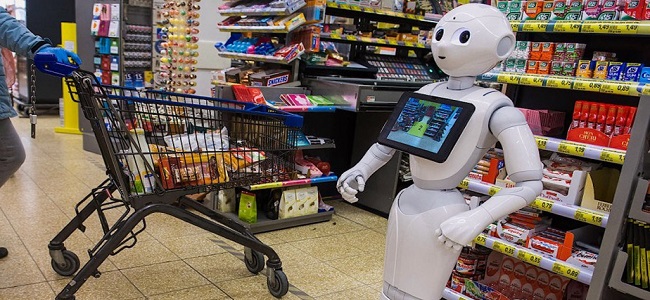With the Covid-19 pandemic sweeping the retail and shopping industry into disarray, many brick and mortar stores are being forced to shut down, casting a doubt on the future of physical engagement. Because of these dramatic adjustments, many merchants are striving to efficiently serve customers through alternative ways. Businesses that valued both physical and virtual presence have responded more readily, whereas retailers that prioritized physical stores and face-to-face experience over multichannel approaches are struggling to adjust.
Consumer behavior has been irreversibly altered as a result of the pandemic. We have witnessed a centralization of shopping sprees. In China, for instance, the number of food purchases fell by 30% during the outbreak, but the average cost per purchase soared by 69%.
E-COMMERCE IS BOOMING
Because individuals spent more hours at home during the pandemic, the E-commerce sector grew exponentially. According to Australia Post’s annual E-commerce data, internet sales contributed for 16.3 percent of overall retail spend in 2020-21, with Online Products spending increasing by 57% during 2020.
Half of the online customers said they had placed more online orders since the pandemic began, while just 4% said they had made less.
THE GREAT CONSUMER SHIFT
Apparel, footwear as well as grocery items were by far the most popular online purchases (56% and 41%, respectively), followed by household (e.g., housewares, equipment) and personal grooming goods (e.g., beauty products, infant care). Female consumers spent more on apparel, shoes and accessories, household and personal care items than males, apart from groceries.
Males spent more money on electronics, entertainment and media, athletic items and gear, and automobiles than females.
PHYSICAL STORES EQUALLY POPULAR ON INTERNET
With over two-thirds of online buyers making purchases from the online channels, physical store sites have been the most often utilised online channel to acquire retail products. Online stores and online-only merchant websites were also popular, whereas retailer mobile/tablet applications and social networking sites were the least appealing avenues for making online purchases.
Consumers, on the other hand, used internet channels for a variety of purposes other than purchases. Product details such as shade, size, dimensions, and features were the most commonly used on physical merchant websites. Whereas social media was mostly utilised to get ideas for future purchases.
NEW SALES MODELS FOR NEW NORMAL
In the coming years, the significance of physical shops is expected to become clearer. They would become a part of the customer purchase process.
– Buy digitally, pick up at the store (BOPIS) has become more frequent at fast-food restaurants and cafés such as McDonald’s.
– Insurance sales (registration at home / contract in-store)
– Dark storefronts just for online supermarkets, and so on.
With the restrictions of traditional sales methods gone, it is vital to conceptualize and create the overall customers’ buying flow line, along with the purchase flow in physical businesses.
Source : https://www.news18.com/news/lifestyle/covid-19s-impact-on-shopping-is-retail-industry-ready-for-new-normal-4640405.html

